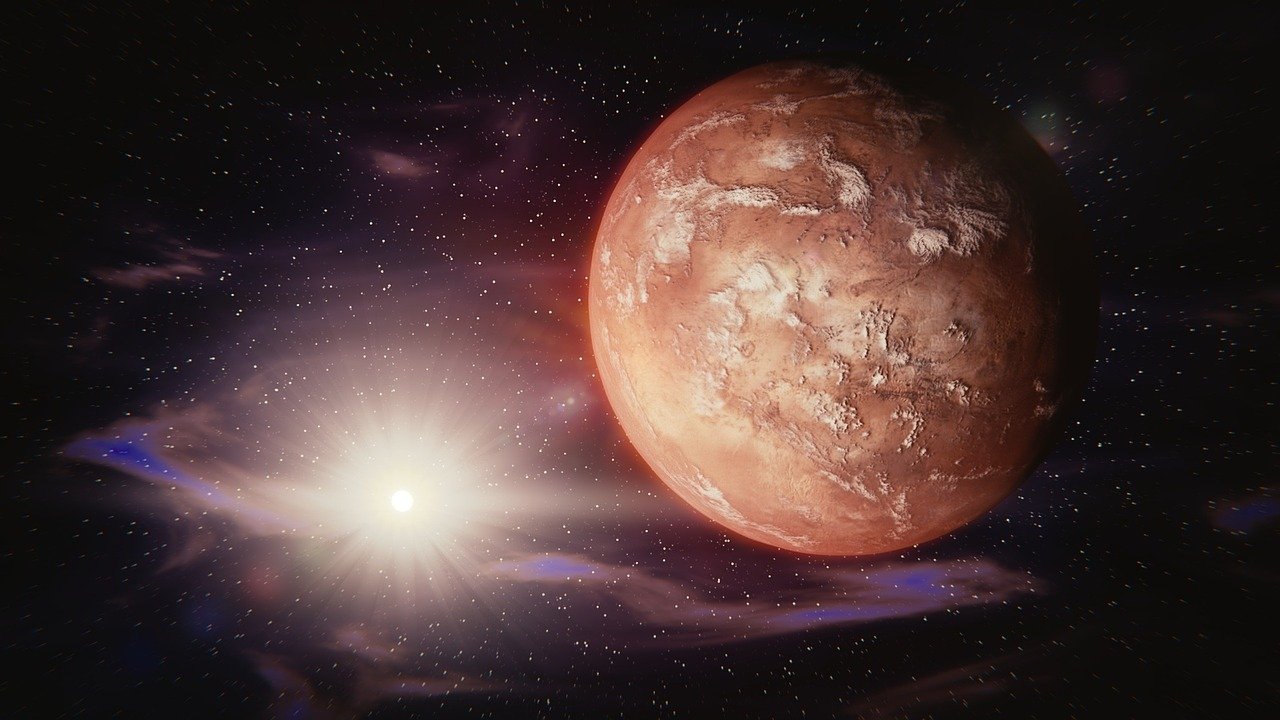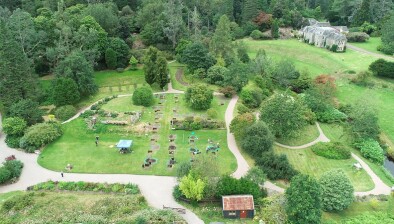And finally… Building product is out of this world
A simple manufacturing technology based on chitin, one of the most ubiquitous organic polymers on Earth, could be used to build tools and shelters on Mars, according to a new study.

In the open-access journal PLOS ONE, Javier Fernandez of Singapore University of Technology and Design, and colleagues have proposed using the material for extended stay missions, or perhaps even settlements, on the red planet.
Produced and metabolized by organisms across most biological kingdoms, chitin is a primary component of cell walls in fungi, the exoskeletons of arthropods, such as crustaceans and insects, and the scales of fish and amphibians. Due to its ubiquity, chitin will likely be part of any artificial ecosystem.
In the new study, Fernandez and colleagues used simple chemistry suitable for early Martian settlement to extract and manufacture a new material with minimal energy requirements and without specialized equipment. They made this material by combining chitosan with a mineral designed to mimic the properties of Martian soil.
The authors then used the chitinous material to construct a wrench and a model of a Martian habitat, demonstrating that this material enables the rapid manufacturing of objects ranging from basic tools to perhaps even rigid shelters, which could support humans in a Martian environment. According to the authors, this approach may be the key to our development as an interplanetary species.
Dr Fernandez noted: “Against the general perception, bioinspired manufacturing and sustainable materials are not a substituting technology for synthetic polymers, but an enabling technology defining a new paradigm in manufacturing, and allowing to do things that are unachievable by the synthetic counterparts. Here we have demonstrated that they are key not only for our sustainability on Earth but also for one of the next biggest achievements of humanity: our transformation into an interplanetary species.”
He added: “The technology was originally developed to create circular ecosystems in urban environments, but due to its efficiency, it is also the most efficient and scalable method to produce materials in a closed artificial ecosystem in the extremely scarce environment of a lifeless planet or satellite.”

















